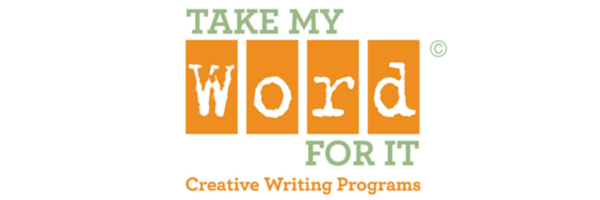Before the computer, before the typewriter, even before pen and paper were invented, people found ways to write. Ancient writing systems prove that since the beginning of time humans have sought ways to document their experiences and tell their stories. Believe it or not, there are many ancient forms of writing. Today, we will explore the cave paintings.
Throughout history story telling has been valuable to all communities and populations. Even before standard letters and symbols were established, ancient peoples used drawings such as cave paintings to tell stories and communicate. You can find these prehistoric works of art all over the world, including Africa, Australia, Asia, Europe, and the Americas! Right in California you can find Native American Chumash art in state parks around Santa Barbara and San Luis Obispo.
Take a look at this 1,000 year old Chumash painting from Los Padres National Forest:
Ancient peoples adorned these cave walls using paint made from dirt or charcoal mixed with spit or animal fat! And for paintings tools they used sticks, feathers, and horsehair.
Mixing art and writing can be fun! Can you guess what stories these paintings were trying to share? Try telling your own story like a cave painting!

